One part of the home that is often overlooked is the air itself. While you likely clean your floors and your furniture, are are you doing anything to clean the air? Stagnant air can cause people to develop ailments like dizzy spells, nausea, headaches and other irritations when household pollutants accumulate over a long period of time. This is know as “sick building syndrome,” and even NASA scientists have investigated it.
Surprisingly, among the solutions that NASA discovered for sick building syndrome is keeping plants in your home. House plants can help you and your family live healthier, happier lives by releasing moisture, improving your focus, helping you breathe better, and removing toxins from your air.
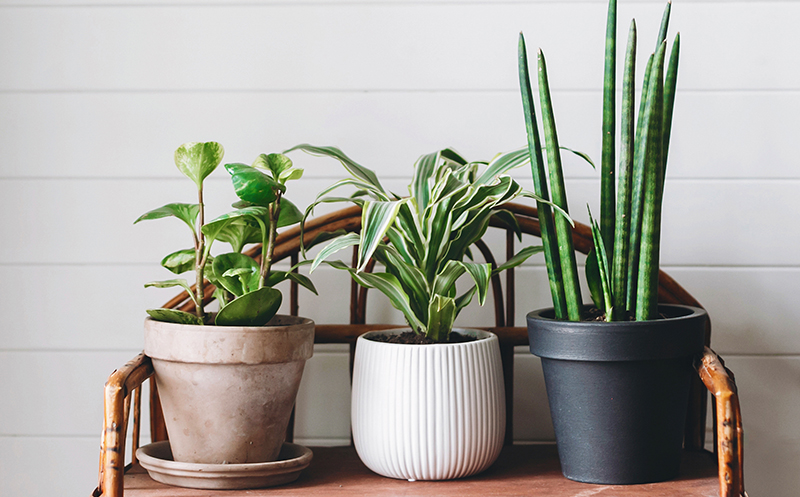
Common Household Pollutants
These are some of the most common toxins that you may find in your home:
- Benzene: According to Cancer.org, this sweet-smelling, flammable liquid is one of the 20 most used chemicals in the U.S. Benzene occurs in gasoline and motor vehicle exhaust, as well as cigarette smoke and some consumer products. It can be absorbed through the skin when a person is in contact with gasoline, but it’s most commonly inhaled. Benzene has been linked to leukemia and other types of blood cancer.
- Formaldehyde: A common chemical used in building materials and furniture products, formaldehyde can be inhaled when indoor air remains stagnant. Exposure to high levels of this material can result in irritation of the eyes, nose and throat, as well as lung cancer in extreme cases. Formaldehyde was formerly used in insulation, but this practice was banned in 1982.
- Xylene: A hydrocarbon used in the creation of rubber, paint, and leather, as well as the printing industry. Xylene occurs naturally in wood and petroleum, and is also found in cigarette smoke and gasoline. Normally, people are exposed to xylene when underground storage tanks break down. This exposure can irritate the eyes and skin. Inhalation of xylene in large quantities can cause headaches, nausea, dizziness and vomiting. According to the National Center for Biotechnology Information, long-term exposure to this chemical can also cause short-term memory loss, depression, irritability and insomnia.
- Trichloroethylene: A nonflammable industrial solvent, this chemical was used as a general anesthetic, surgical disinfectant and even a coffee additive until 1977 when it was banned for these uses by the FDA, according to Toxipedia. However, it’s still used extensively today in the metal and textile industries, cleaning metal components and fabrics. In addition, trichloroethylene is used in spot removers, printing inks, adhesives and paints. Overexposure to this chemical can increase the risk of certain cancers.
- Ammonia: Ammonia is a very common industrial chemical in the U.S., and is also naturally occurring. Its most common use is in fertilizer. Vapors from cleaning products or fertilizers can introduce ammonia to the system, and in addition to irritation, high concentrations of ammonia can cause many serious lung problems. It has a very corrosive smell that burns the nostrils, so it’s not hard to detect when it’s in large quantities.
The Best House Plants For Air Purification
Not only do they help make your home beautiful, but these plants improve your home air quality as well:

Aloe Vera
You’re probably familiar with aloe vera because of all of its medicinal uses in various products, including vitamins, anti-bacterial products and skin creams. In addition to its many benefits for your body, keeping an aloe vera plant in your home can help rid your air of formaldehyde.
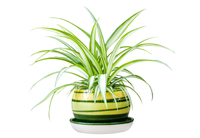
Spider Plant
These are among the easiest house plants to grow, so they’re great if you’ve never had to take care of plants before. Spider plants remove toxic substances such as formaldehyde and xylene from your air.
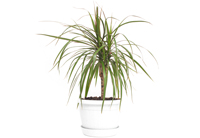
Dracaena
While Dracaena plants are beautiful and come in many different varieties, they also help to remove pollutants from your air, including trichloroethylene, xylene, benzene and formaldehyde. However, don’t get a Dracaena if you have a dog or cat – these plants are poisonous to pets.
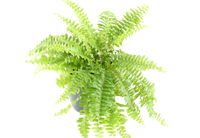
Boston Fern
This house plant thrives in a cool, humid environment with indirect light. The Boston fern takes xylene and formaldehyde out of the air. For best results, keep its soil moist.

Bamboo Palm
The bamboo palm, or reed palm, is great at filtering trichloroethylene, formaldehyde and benzene out of the air. It’s best in shadier spaces. At times it produces flowers and even berries.

Chrysanthemum
Chrysanthemum, also known as a mum, can remove benzene from a home’s air. Keep the plant in direct sunlight so you can enjoy its colorful flowers.
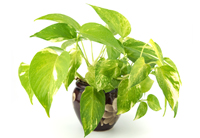
Golden Pothos
This vine will hang down from a pot, and it’s excellent at ridding your home of formaldehyde. Don’t overwater it, and keep it away from pets and children, as it’s poisonous.

Ficus Tree
Also known as a weeping fig, a ficus is easy to take care of, and it can purify your home’s air by removing trichloroethylene, formaldehyde and benzene. A ficus can grow up to 10-feet tall, so give it some space. This plant does best in a consistent atmosphere. Keep it in bright, indirect sunlight and try not to let the temperature or light change too dramatically.
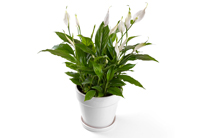
Peace Lily
These small plants will flower during the summertime. They’re easy to take care of, their flowers smell nice, and they remove benzene, ammonia, formaldehyde and trichloroethylene from indoor air. Note that the flowers can release some pollen into the air, so don’t use too many of these plants. Keep peace lilies in the shade, and keep their soil moist but not soaking.

Snake Plant
Also known humorously as a mother-in-law’s tongue, the snake plant does well in dry conditions with moderate sunlight. It only needs to be watered occasionally, and it’s a very hard plant to kill, making it another good one for those without a green thumb. In addition to being low maintenance, the snake plant frees your air from benzene, trichloroethylene, xylene and formaldehyde.
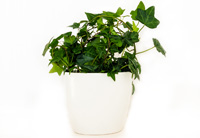
English Ivy
Outside, English ivy is an aggressive plant that can invade other habitats. However, in your home it helps to remove formaldehyde along with other contaminants in your air.
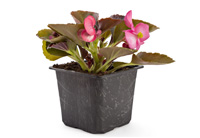
Wax Begonia
This succulent will filter out benzene along with other pollutants. Wax begonias are succulents that flower in the summertime.
Springtime is the perfect time to improve your indoor air quality. Removing toxins and stagnant air from your house means you are more comfortable and healthier in your home.
Looking for other ways to improve the quality of the air in your home? Learn more about our Indoor Air Quality systems.
